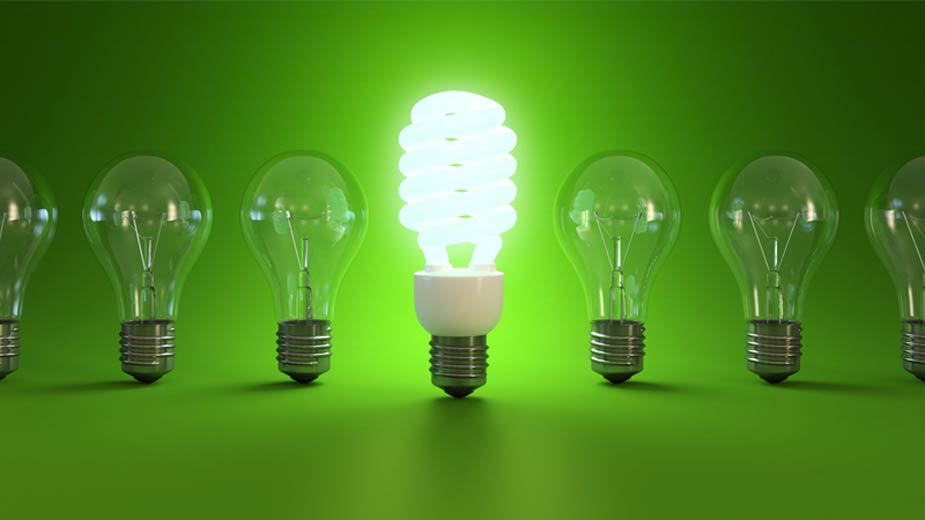Energy Efficiency Hits Home without Hitting Wallet
YOUNGSTOWN, Ohio — Saving money on energy bills every month can range from a change of simple habits – shorter showers, turning off lights when you leave the room, or unplugging electrical devices when they’re not being used – to drastic overhauls of your home.
While most people’s budget probably wouldn’t support a complete conversion of their entire house into a model of energy efficiency, there are certain improvements a homeowner can make without straining the finances.
Installing light emitting diode, or LED, fixtures is among the more popular trends hitting the replacement and new home building market, says Mike Savko, president of Savko Home Builders, Columbiana.
“If someone was looking for standard lighting, then we would go through the benefits of LED,” he says. The technology, first developed 56 years ago, has over the past several years become more affordable for the average homeowner. Contractor-grade halogen or incandescent light fixtures might cost less up front, but LED lights burn far less wattage, extending the life of the fixture more than 10 times of a traditional bulb. A halogen can light bulb, for example, has a life expectancy of 2,500 hours, while an LED bulb can burn for more than 36,000 hours. In essence, an upfront investment in an LED fixture will pay for itself after 3,000 hours of usage, he says.
“Your saving money after year four,” Savko says. “A lot of younger people are expecting to see what the bulb of today can do. They’re drilled with energy efficiency and the benefits to the environment.”
By 2020, the North American LED market is expected to hit $18.4 billion, up from almost $15 billion in 2015, according to statista.com. By 2020, analysts project the global LED market will reach more than $70 billion and account for 61% of the worldwide market.
Other innovative ideas that were once the domain of commercial buildings are today trickling down to the residential market, Savko says. “Domestic hot water recirculation is a way to get hot water immediately instead of waiting for it to warm up,” he says.
These hot water systems use an electrical pump as well as an extra water line to circulate hot water that loops throughout the house. While homeowners find that they pay a slightly higher electric bill, the real savings comes from reduced water consumption. “It’s pretty standard in hospitals,” he says.
Builders are also integrating products such as “cool” roofs into their designs of new home, according to the U.S. Department of Energy. Cool roofs use highly reflective materials that absorb less heat from the sun, thereby keeping a house cooler in hot weather.
Today’s ultra-efficient homes combine energy efficient construction, appliances, and lighting with technologically advanced renewable energy systems, such as solar heating and electricity.
Solar energy is gaining more appeal, even in Ohio, a state that isn’t generally associated with ubiquitous sunshine.
“Solar panels work as well in Ohio as they do in any other state,” says Andy Schell, marketing manager for Paradise Energy, based near Lancaster, Pa. with offices in Sugarcreek, Ohio. “We’re doing a mix of residential projects, and there are a lot of farms and businesses investing in solar.”
A federal tax credit of 30% is still on the books for businesses and farms, while farmers can access other incentives through grants administered through the U.S. Department of Agriculture.
“A large portion of what we do is residential, and solar is becoming more of a household idea,” Schell says. Most of the company’s projects consist of retrofitting existing houses, while contractors and architects have contacted the company about working solar energy into designs for new builds.
“Savings vary from system to system based on energy usage,” Schell says. “The more energy you use, the bigger the savings. But customers are seeing benefits across all segments.”
Copyright 2024 The Business Journal, Youngstown, Ohio.



